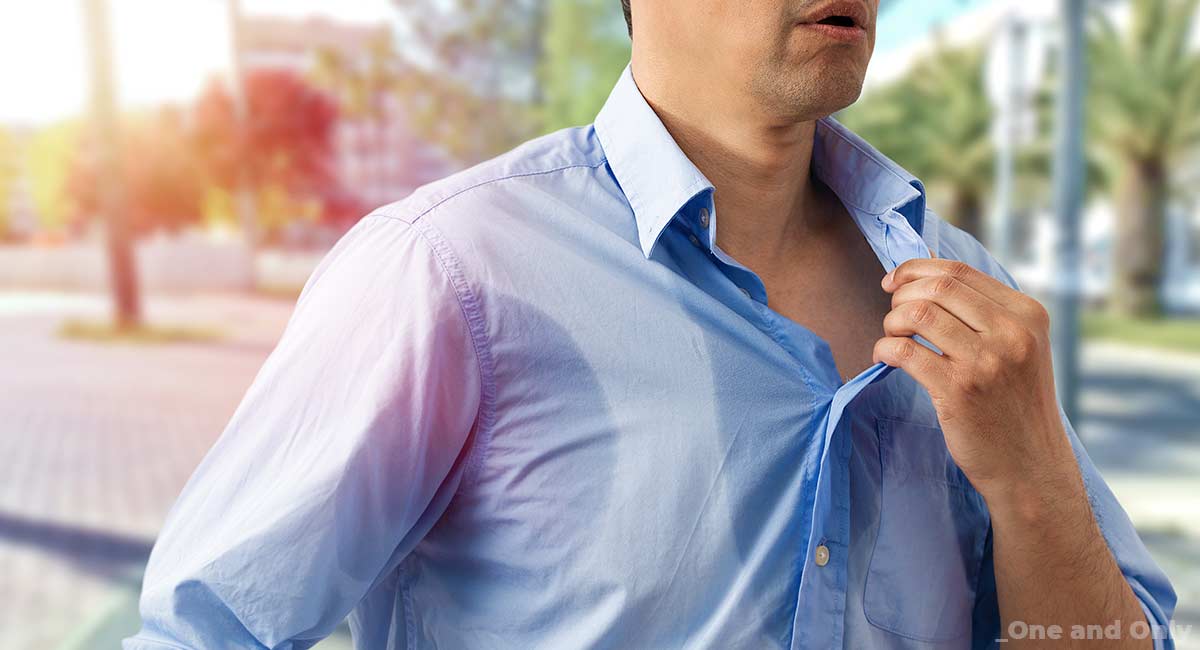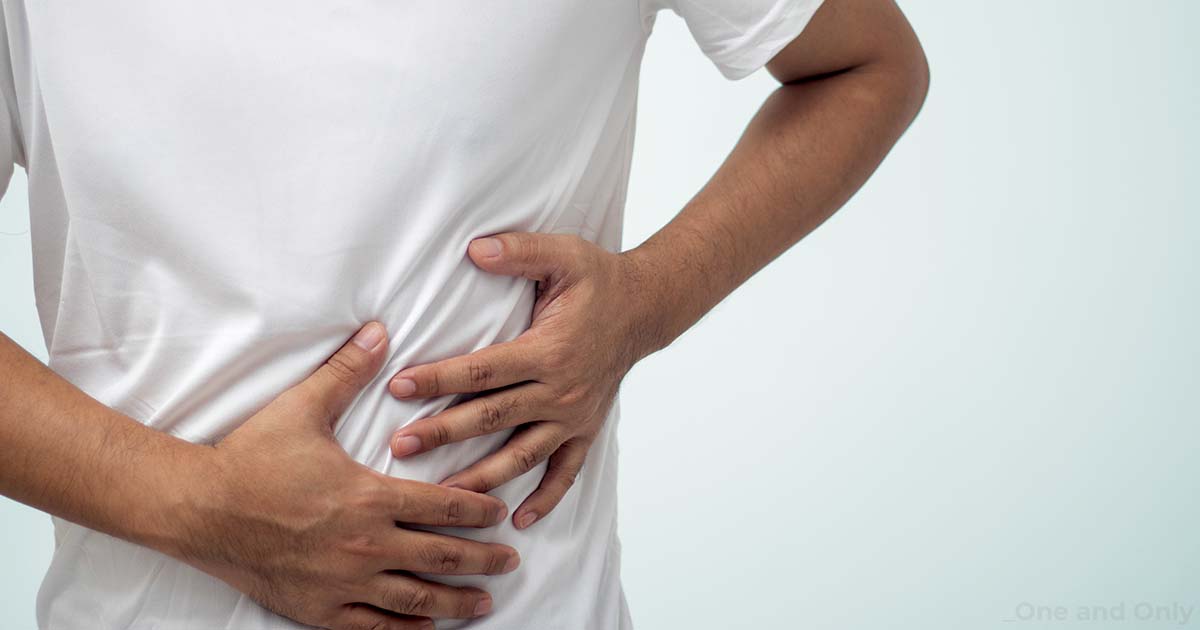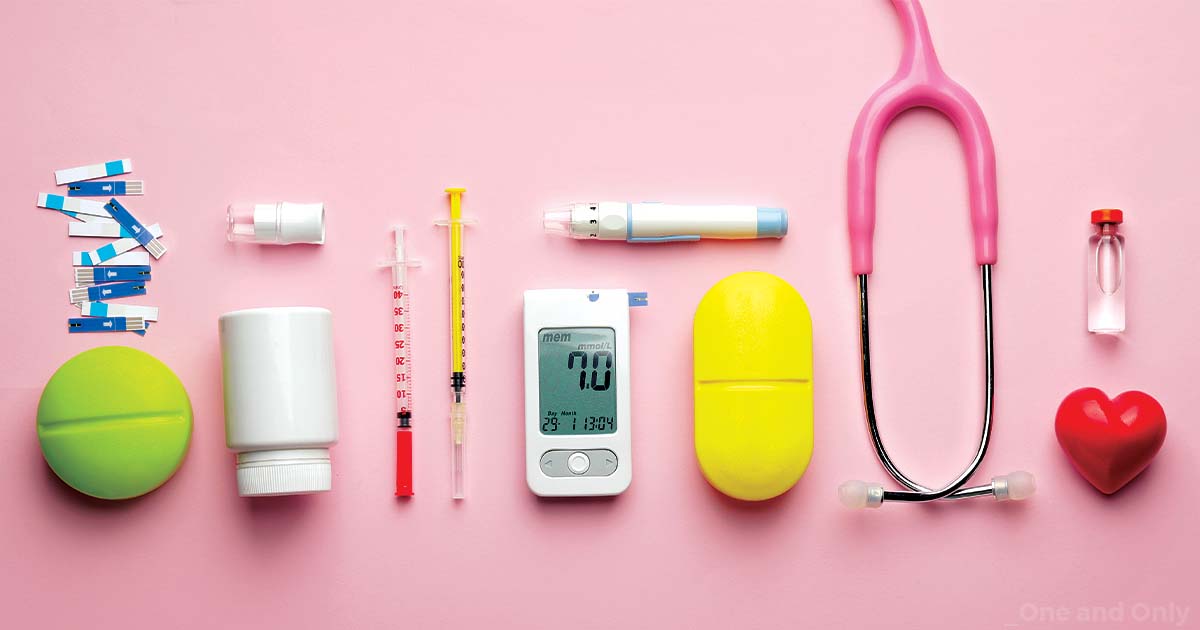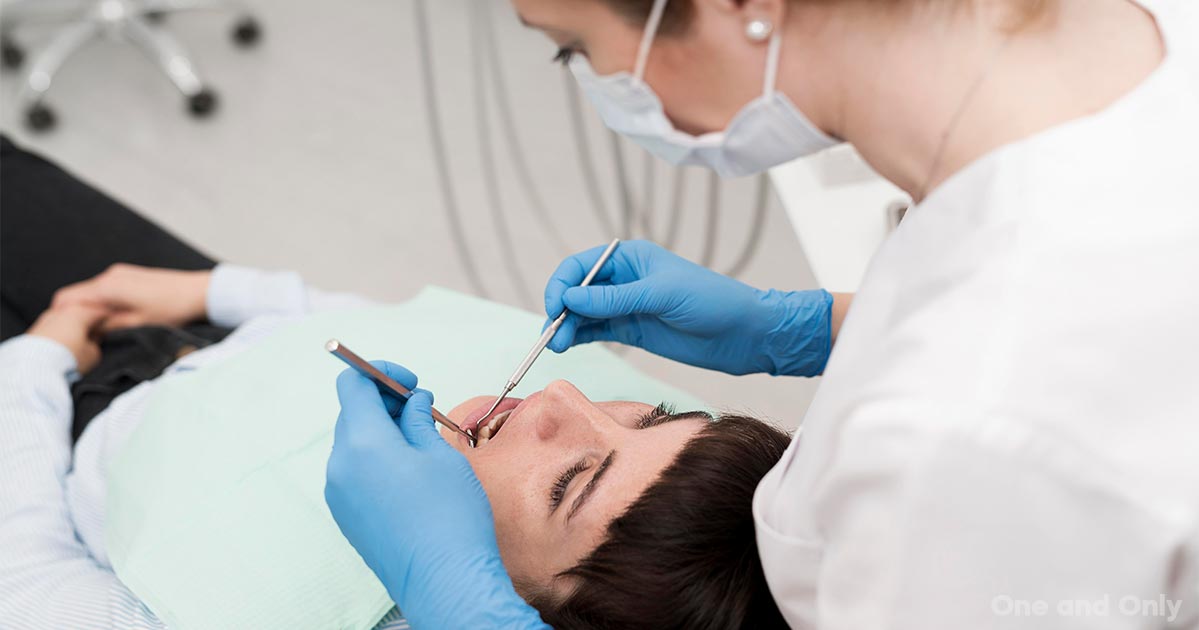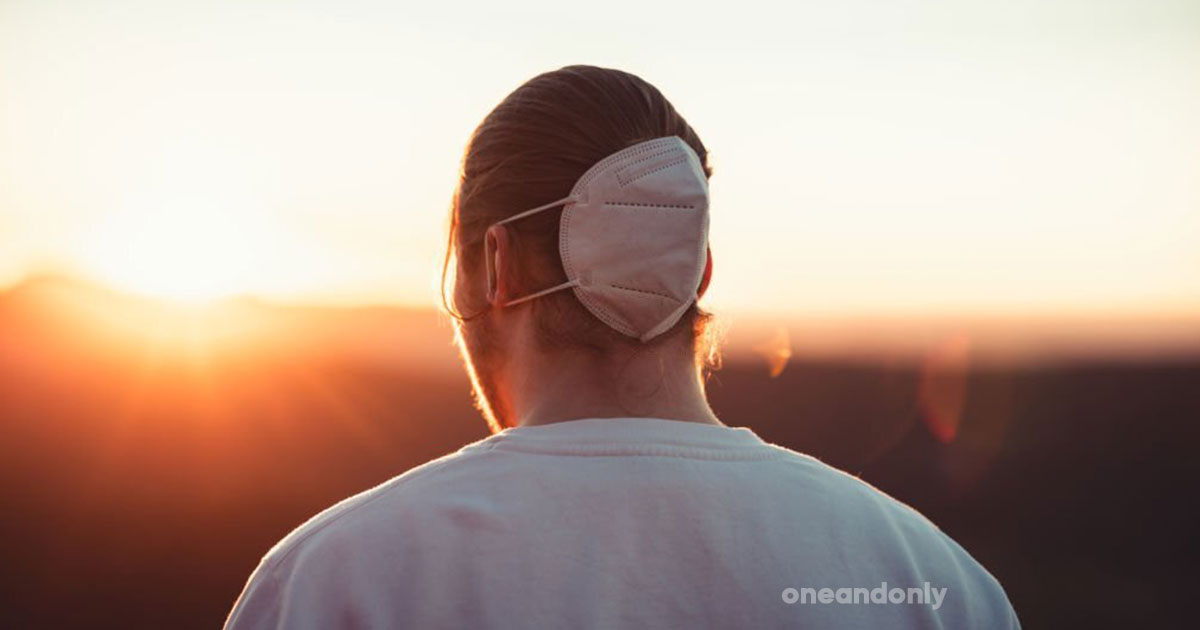Chafing is a familiar skin problem that occurs due to the fusion of moisture, friction, and irritating fabric. It develops on the skin when your body parts rub against each other or your clothing. If the skin rubbing is prolonged, it may cause your skin sting or burn, and develops a mild red rash.
Areas That Develop Chafing
-
Thighs
-
Nipples
-
Armpits
-
Groin
-
Butt
-
Feet
Causes of Chafing
Skin fights with outer elements like heat, germs, and physical harm, to defend your inner body. Maintain your skin as they breakdown once they reach their limit and overworked, like everything else. The surface should be kept dry and clean. Causes of chafing may include factors such as:
-
Sweating – A salt layer will be left if the sweat is dried, which worsens the irritation caused by friction (1).
-
Overweight – Most obese people will experience chafing due to body fat, which causes the inner thighs to rub together often.
-
Endurance Sports – Athletes from wearing loose-fitting clothes, repetitive movements, and excess sweat will undergo chafing (2).
-
Breastfeeding – Women who are feeding may have chafed nipples. The reason is moisture in pads and bras.
-
Diapers – Diaper rubbing the skin and moisture in it can cause diaper rash or chafing (3).
-
Unfit clothing – The clothes will rub and irritate the skin if it doesn’t fit the body well.
-
Wears a skirt or dresses – People wearing skirts and dresses will experience inner thigh chafing, especially in hot and humid weather.
Complications
The protective barrier of the skin that shields against germs or infections will break if chafing occurs. Frequent skin rubbing, particularly with moisture, will make your skin vulnerable, and it breaks down. Consult a doctor if the chafing goes beyond chapped skin and mild redness. Most importantly for the following signs,
-
Bleeding
-
Crust
-
Discoloration
-
Swelling
Treatment
If you identify that chafing is beginning, gently pat your skin and apply petroleum jelly at the affected area. Treatments include,
-
Get fresh air
-
Avoid activities that cause chafing
-
Apply soothing balm or lotion on the affected areas
-
Fragrance-free products that repel moisture
-
Prescribed topical steroids from the doctor
Tips for Relief
Chafing will be healed in a day or two if the cause is detached. In case you can’t stop the activity, that causes chafing, ensure to undertake protective measures while doing them. While recovering,
-
Using an ice pack soothes the pain. Pat your skin dry to remove moisture
-
Do not use hydrogen peroxide or iodine to clean chaffed skin because chemicals will inhibit the healing process
-
Apply aloe vera gel to the irritated area, which relieves pain and prevents infection
-
Don’t use harsh soaps or bath in hot water because the skin may become dry and sensitive to damage
-
Wash with mild soap, water, or a saline solution. Make sure to pat skin dry because rubbing makes chafing worse
Prevention
Prevention of chafing is easy. However, time and routine skin care are needed. There are some ways to minimize the severity and prevent it from getting worse. Follow the below methods to avoid chafing.
1. Deodorant
Deodorant will protect your skin as it contains moisturizer. Antiperspirants will prevent sweating before a problem arises. Applying deodorant may prevent chafing. You can use it in the area where you feel irritated.
2. Lubricant
Petroleum jelly and lotion can be applied where the skin rubs each other. It will reduce friction, and skin surfaces can glide against each other.
3. Proper Fitting Clothes
Wearing unfit clothes have higher risks of skin rubbing each other. Pay special attention to your dressing.
4. Wearing Proper Clothing During Exercise
While exercising, wear well-fitting clothes like polyester, nylon, or spandex as they help the skin breathe. Cotton materials retain sweat and moisture, which keeps your skin damp and increases the risk of chafing and friction (4).
5. Soft Bandages
Using deodorants or petroleum jelly cannot prevent chafing in every area. For nipple, feet, and inner thighs, soft bandages will be a second layer skin. It will absorb sweat and will not allow the skin to rub each other.
6. Air-drying and Pads for Nursing Mothers
Nursing women must keep themselves dry, clean, and avoid irritating fabric. After breastfeeding to absorb the moisture, you may use nursing pads or disposable pads by inserting them into your bra cups. You can also go for soft nursing bras or built-in nursing pads.
7. Remove Wet Clothes
Avoid wearing wet clothes as dampness includes sweat or moisture. So change your clothes immediately if they are wet. Because it may hold on to skin tightly, which makes ventilation for the skin a little bit difficult.
8. Plan for the Weather
Schedule your exercise hours either early morning or evening. As the weather is colder, the skin will sweat less, and the clothes will be dry. So, the activities that cause chafing can take place with caution.




